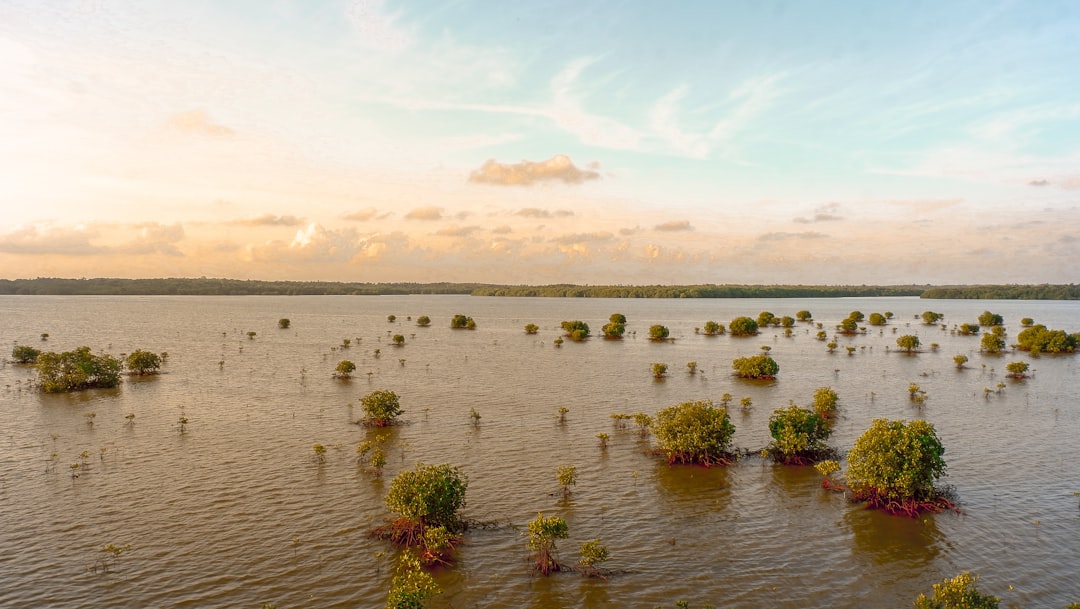What is it about?
Deep learning allows us to train predictive models that can solve complex tasks, such as detecting specific patterns in noisy signals. These models however do not always work well when applied to new data that is different from the data originally used to train them, which is a common case in practice. We propose a dataset and a protocol to train and evaluate predictive models that allows us to observe how well they would perform in such scenarios. The dataset we use is composed of multiple hardrock seismic surveys. Our protocol suggests that we train models on some surveys and then evaluate on others. Following this protocol will help future researchers build better models that are more likely to work in real-world applications.
Featured Image

Photo by Clint Adair on Unsplash
Why is it important?
We propose a machine learning model training and evaluation methodology for first break picking based on a new multi-survey dataset. In contrast with prior works, our methodology can be used to assess how well predictive models would work in realistic settings where first breaks must be provided for surveys without annotations. We benchmark and discuss the performance of a well-known deep neural network architecture (U-Net) following this methodology, and provide ideas for future model improvements.
Perspectives
This article should be a good introduction to deep learning for researchers interested in working with predictive models in geosciences. It provides a solid description of the fundamental techniques used to train deep neural networks, it details why data preparation matters a lot when it comes to assessing the usefulness of models in practical scenarios, and it provides ideas on how to move forward to improve prediction performance. We went through many iterations to try to find the ideal level of detail for different readers, and we hope this work will be used as a template in the future to show how datasets and evaluation methodologies can be adequately presented at the intersection of deep learning with other domains.
Pierre-Luc St-Charles
Mila, Québec Artificial Intelligence Institute
Read the Original
This page is a summary of: A deep learning benchmark for first break detection from hardrock seismic reflection data, Geophysics, December 2023, Society of Exploration Geophysicists,
DOI: 10.1190/geo2022-0741.1.
You can read the full text:
Resources
Contributors
The following have contributed to this page










